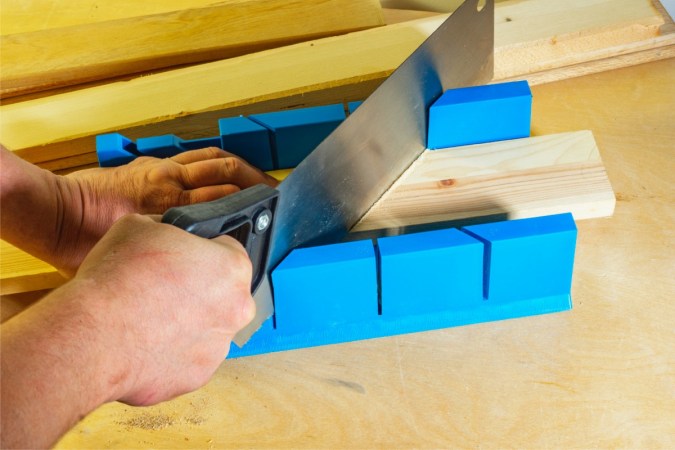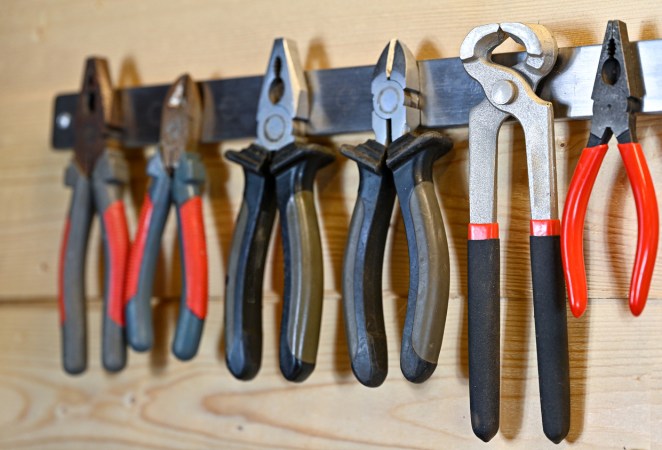We may earn revenue from the products available on this page and participate in affiliate programs. Learn More ›
A properly glued wood joint is very strong, but one that is glued improperly is likely to fracture given a minimum of hard use. So do it right in order to avoid having to do it twice. Here’s how:
Plan the process first. Decide which clamps will provide the right amount of pressure—enough but not too much. You want the pressure to sandwich the glue in the joint, squeezing out any excess.
Select the right glue . Carpenter’s glue is appropriate for most wood-to-wood joints, but in wet applications (or when gluing materials other than wood), look to other options. Read and follow the instructions on the glue container.
Assemble the elements you need before proceeding. Workpieces, clamps, glue, clamping pads, and paper towels or a rag to clean up any excess glue.
Prepare the pieces . This may be the most important step. You must scrape off the old glue residue, if any. Fit the pieces together before applying the glue. Is the joint tight? If there are evident gaps, you will need to fill them first, either with a wood filler or, in the case of large gaps, with carefully cut and fitted pieces of wood. Wood glue will fill small voids, and adding a small quantity of matching sawdust will help. But you cannot count on the glue to fill the larger gaps.
Do a dry clamp . Before you even open the glue container, fit the pieces together and clamp them tight. If the clamps you’ve chosen slip or otherwise prove inadequate, try another kind of clamp. When working with softwood or using clamps with metal jaws, use wooden or leather pads to protect the parts.
Apply the glue . Once you have found a clamping arrangement that works, spread the glue as directed on the package. Some glues are best applied to both surfaces to be clamped, others not. Certain glues need to set to tacky first, though most should be clamped immediately.
Wipe off excess glue . Too much glue is indeed too much of a good thing. Using a scraper, wipe off any excess from the surface of the workpiece as you tighten the clamps. Be sure that you aren’t gluing your clamps to the piece being clamped. A damp cloth will help, too, with white or carpenter’s glue.
Take your time . Check the joint for square. Don’t make it too tight: you may crush some the fibers of the wood or even cause another break if you lighten the screws too much.
























